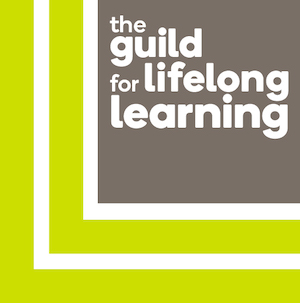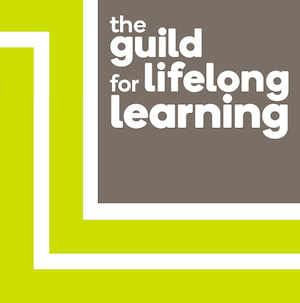Course synopsis
COURSE SYNOPSIS: The course will study the causes and complexities of ice ages in the context of geological time and will concentrate on the last major ice age to affect the planet, the Pleistocene. The course will then look at how ice develops, its concentration in the form of glaciers and ice sheets, and how they behave as systems. A large part of the course will study glacial erosion, transport and deposition, the processes involved, and the landforms produced. Case studies will also be examined from around the world and within the UK. The much overlooked periglacial processes and Tundra landscapes will also be included in the course. Finally, time will be spent on examining human activity in glacial environments as well as the increasingly important significance of Antarctica.
Class begins 10 January 2023
Week 1. Ice Ages through geological time.
The causes of ice ages, snowball earth, the Quaternary Period and the importance of The Pleistocene. Glacial and interglacial oscillations, the start of the Holocene and the fluctuations in temperature within our most recent geological period.
Week 2. Glaciers as Systems.
The formation of Glacier ice. The glacier as a system, mass balances, accumulation and ablation processes. Cold and warm based ice and glacier ice movement. Ice sheet growth and calving.
Weeks 3, 4 and 5 Glacial erosion. Glacial transport and Deposition.
These three lessons will cover the following.
The processes of glacial erosion. Factors affecting glacial erosion. Features and Landforms of glacial erosion. A case study of glacial erosion from the UK e.g. the Lake District or Snowdonia, Edinburgh Castle. The Chamonix area of the French Alps.
The processes of glacial transport. The nature of glacial till and till fabric analysis. The processes of glacial deposition and the associated landforms. Illustrated with various case studies such as the Athabasca Glacier, lowland deposition such as the North German Plain.
Week 6 Glacial Meltwater and Fluvioglacial deposition
Glacial meltwater. Processes of Glaciofluvial erosion and deposition. Fluvioglacial landforms such as eskers and kames. Effects of glaciation on drainage patterns.
Week 7 Periglacial processes and landforms.
Periglacial environments and the Tundra. Permafrost. Active layer processes and related features. Periglacial slope processes such as solifluction. Southern England as a fossil periglacial landscape.
Week 8 Glaciers and Icesheets and changes to land and sea level.
Isostatic changes to the land and eustatic changes to sea level brought about by glaciations and then subsequent melting. The landforms produced from relative changes in height to the land and sea. Links to climate change.
Week 9 Human activity in glacial and periglacial environments.
Opportunities and constraints of glacial environments. Hazards in glacial environments such avalanches. Challenges and problems of periglacial environments. Human impact of tourism in glacial environments e.g. the Alps.
Week 10 Antarctica.
The last true wilderness. The history of discovery, the protected environment. Ice sheet melting and calving. Mineral resources and recent scientific research.
Book your place
| Time/Place | Price | Sessions | Quantity |
|---|
Note: places on courses and events are only reserved once purchased.
About the teacher
John King
I am a semi retired Head of Geography who has taught in Secondary Education for 32 years at 4 different schools. I established a keen interest in weather forecasting...

